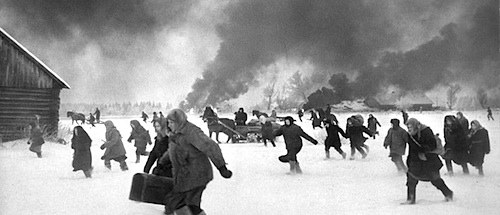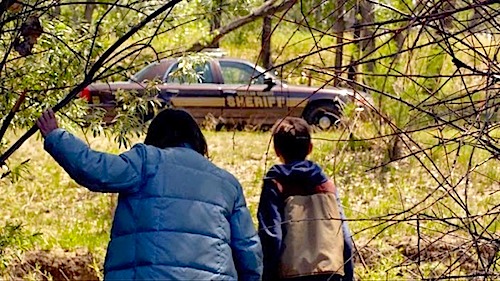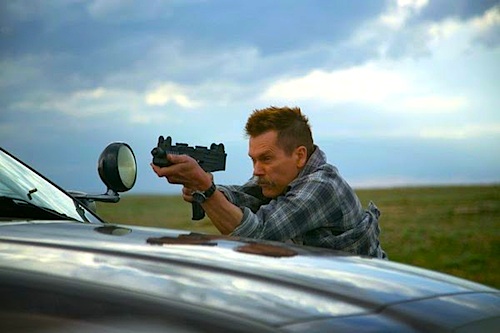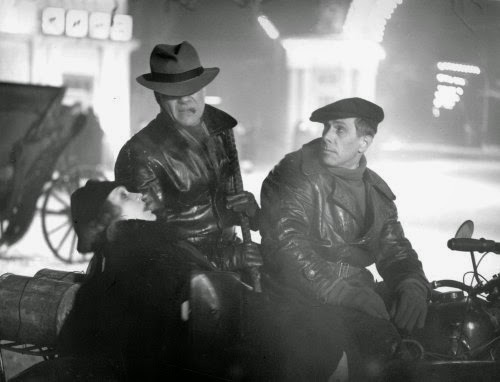By Joe Bendel. There was a time when D.H. Lawrence’s travel writings were his best received work. Even before his sexually charged novels belatedly achieved widespread critical acceptance, Lawrence’s nonfiction did more than their share to promote Italian tourism. Over ninety years after its initial publication, his Sea and Sardinia continues to lure visitors from the UK to the Mediterranean isle. In this case it is Northern Irish documentarian Mark Cousins and his small intrepid crew, who will retrace the old man’s footsteps in the docu-essay-travelogue 6 Desires: D.H. Lawrence and Sardinia, which screened during the 2015 Sundance Film Festival.
Clearly, this will be a very personal and impressionist journey, considering Cousins starts his voiceovers by asking Lawrence (presumably in spirit) if he can call him Bert. At this point, the audience can envision the novelist looking down from somewhere, chillily replying: “that’s Mr. Lawrence to you.” Nevertheless, Cousins maintains the intimate, but one-sided dialogue, revisiting the sites from the book, but informing the film’s visits with their full historical and cultural context.
This will never be a breakout Sundance documentary hit like Searching for Sugarman, but it is pleasant enough for a while. Despite his libertine reputation, Cousins’ portrait emphasizes Lawrence’s conservative nature, including his categorical rejection of socialism and his contention feminism would largely emasculate males into what we would now call metrosexuals. Along the way, he offers plenty of tips for prospective tourists. The hearty Lawrence multi-course menu offered at one rustic restaurant sounds like it might be worth the trip by itself.

Strangely though, the film loses focus when Cousins hands over the third act narrating duties to a woman, for gender representational reasons Lawrence probably would have abhorred. It is sort of interesting to hear her contrast Lawrence with Grazia Deledda, Italy’s female proletarian Nobel Prize winner for literature, but the vague yet unmistakable implication he helped contribute to the Holocaust because he never criticized Italian fascists in-print is so excessive, it jeopardizes the entire film’s credibility. As points of reference, Sea and Sardinia was published in 1921 and Lawrence died in 1930, so please, get serious.
Frankly, 6 Desires is often doing odd little things to undercut itself. Many times, when Cousins has a lovely vista in his frame, he ruins it by sticking his arm out, selfie style, with a cheap laminated photo or a plastic overlay frame. These just look bad on-screen.
When the film actually focuses on its ostensive subject, it offers some intriguing insights that might lead to viewers to reappraise Lawrence and his work. To jolt everyone awake, Cousins also includes clips from Ken Russell’s adaptation of Women in Love, so you know what that means: Oliver Reed, full frontal. Unfortunately, this is about the time the film starts to founder. It has its moments, but 6 Desires really ought to have been chopped down to an hour and packaged specifically for television. Regardless, it will likely find more festival play following its screenings at this year’s Sundance Film Festival, thanks to the filmmakers’ reputation, but it is strictly for Lawrence and Cousins completists.
LFM GRADE: C
Posted on February 9th, 2015 at 8:57pm.






